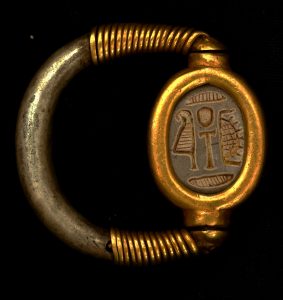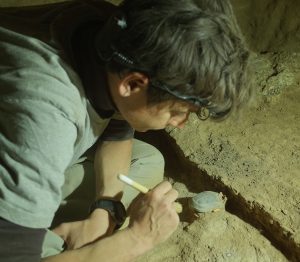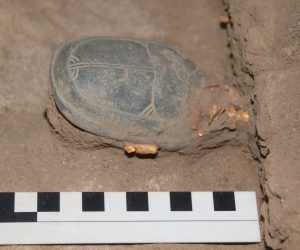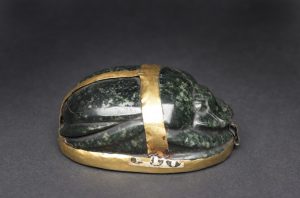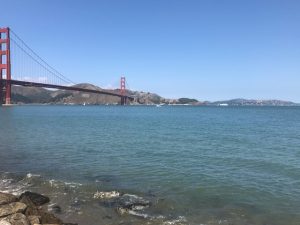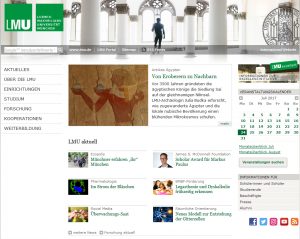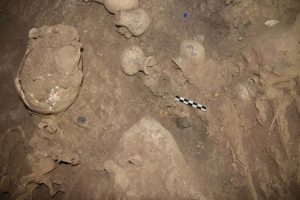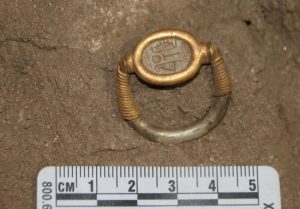As announced in January, what began back in 2015 in Sudan is now on the finishing straight. The monograph about Tomb 26 on Sai Island is in production and will appear later this year, published by Sidestone Press. This book is the final publication of Tomb 26, its architecture and material culture, including chapters on geology, human remains, scientific analyses and a compilation of the material discovered. New information provided by AcrossBorders excavations of Tomb 26 contribute to recently discussed questions regarding cultural encounters and social practices in New Kingdom Nubia. Comparable material from other tombs on Sai and elsewhere in Nubia is discussed in order to stress the relevance of the new discovery.
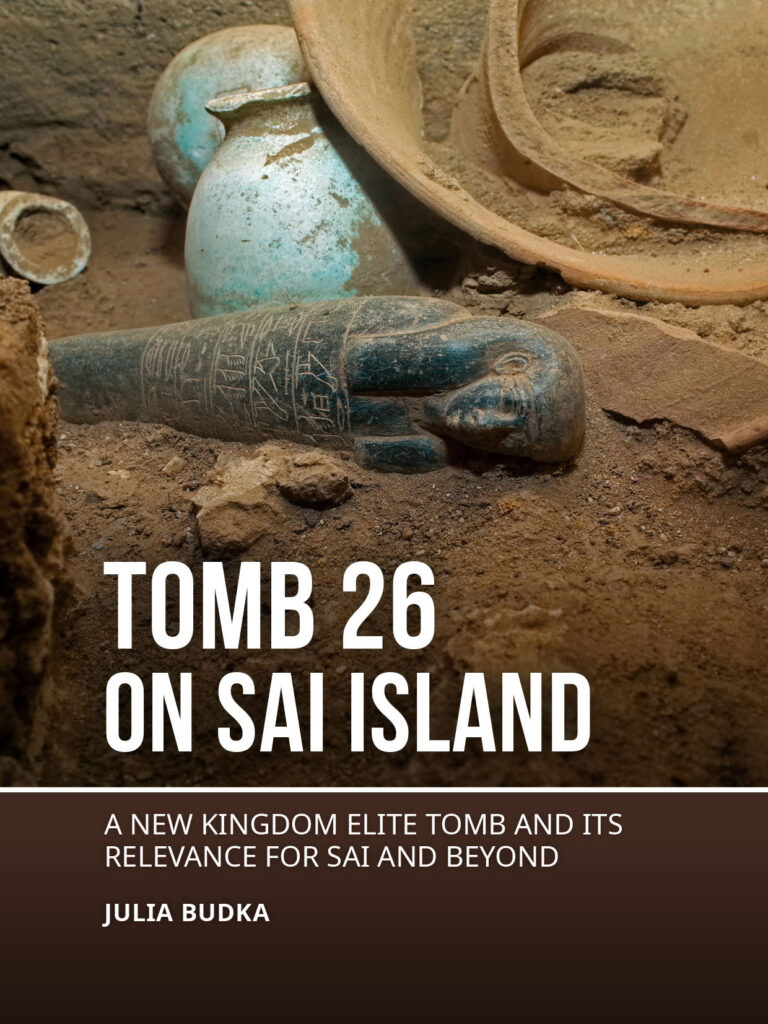
As most of you who followed this blog know, Tomb 26 is one of the Egyptian style pyramid tombs on Sai where the local elite living in the New Kingdom was buried. We had more than 36 burials in this monument and we are now able to reconstruct in detail the life history of the tomb and its users, including the overseer of goldsmiths Khnummose.
The archaeological contextualisation of Tomb 26, in combination with scientific analyses like strontium isotope analysis, offers fresh information on the complex coexistence of various cultural groups on Sai with slightly different approaches to their cultural and social affinities during the New Kingdom. The monument and its finds illustrate as a case study that a high degree of variability of funerary practices within a common repertoire of burial customs adopted from Egyptian standards is most probably rooted in distinct social practices. Overall, Tomb 26 and its associated finds are of prime significance for understanding lived experience on New Kingdom Sai and more broadly in New Kingdom Nubia.
I am very thankful to all team members who worked very hard in the field to document everything in Tomb 26 from 2015 to 2017 and of course in particular to the contributors of the forthcoming book: Johannes Auenmüller, Cajetan Geiger, Rennan Lemos, Andrea Stadlmayr and Marlies Wohlschlager.
Now all I have to do in this respect is to calm my impatience – I can hardly wait to hold the printed book in my hands!



